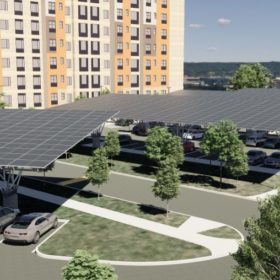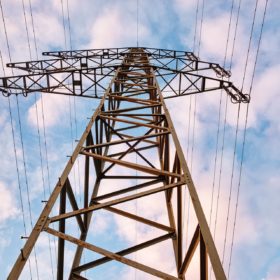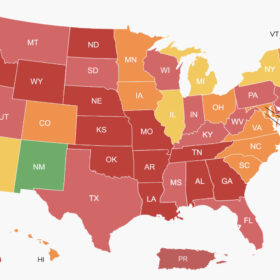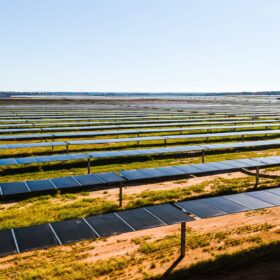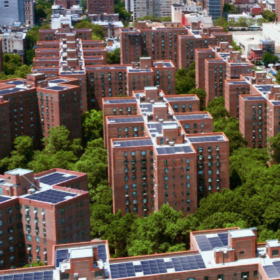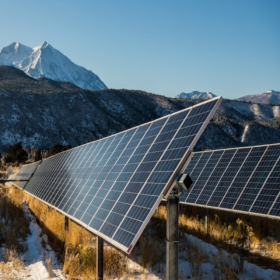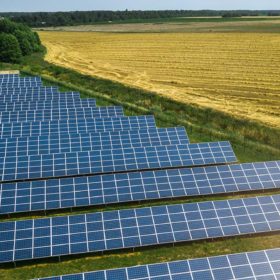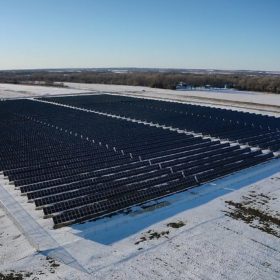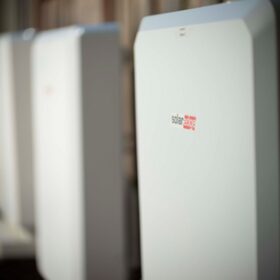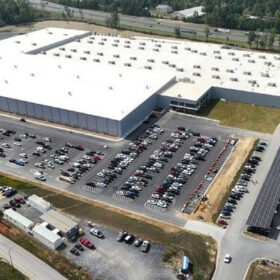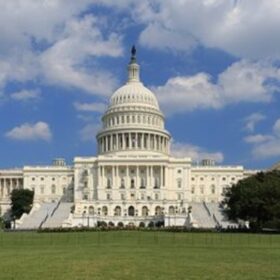A new public utility for Maine would speed clean energy, say advocates
A Maine referendum would create a new publicly owned utility that could purchase and operate the assets of the state’s two investor-owned utilities. Advocates say that would speed Maine’s path to 80% renewables by 2030.
RFP alert: EPA launches $7 billion low-income rooftop and community solar program
Up to 60 grants will be awarded to states and other eligible entities, ranging from $25 million to as much as $400 million.
199,000 job-years await PJM approval of 167 GW of solar, storage and wind
Trade group ACORE recommended long-distance, high-voltage transmission within the PJM grid region along with other, faster measures to help the grid operator approve 167 GW of pending solar, storage and wind projects.
How your state can fix interconnection of distributed solar and storage
IREC and Vote Solar have recommended individualized state-by-state fixes to remove barriers to interconnection of distributed solar and storage, in a set of 50 state report cards.
Puget Sound Energy to reach 63% clean energy by 2025
While approving the utility’s plan that would add 300 MW of utility-scale solar and 50 MW of storage by 2025, state regulators ordered the utility to increase the transparency of its resource planning and to advance equity for its customers.
With 18 GW solar, Southeast U.S. nears U.S. average solar generation
Florida and utility FPL lead the Southeast in solar deployment, while other states and utilities bypass low-cost solar and storage, favoring gas peaker units and small modular reactors and risking higher customer bills, said experts from the Southern Alliance for Clean Energy.
$7 billion in EPA grants to advance low-income residential and community solar
The “Solar for All” grant program is expected to begin accepting applications from states and other entities as early as this month, aiming to enable millions of families in low-income and disadvantaged communities to access solar energy.
Three ways states can fix interconnection of distributed solar and storage
States can remedy inadequate hosting capacity for distributed solar and storage, unfairly high interconnection costs for some projects, and other interconnection barriers, a consulting firm concluded.
USDA offers tool to help rural co-ops apply for $9.7 billion renewables program
Rural electric co-operatives seeking support for renewable and clean energy projects under a $9.7 billion USDA program can now access an emissions reduction calculator to begin preparing a preliminary application.
RFP alert: USDA opens $1 billion loan program for rural renewables, storage
Partial loan forgiveness will be granted for selected large-scale renewable energy projects, plus any associated storage, that will serve a mostly rural population. Loan forgiveness amounts will range up to 20%, 40% or 60%, based on the project’s location.

